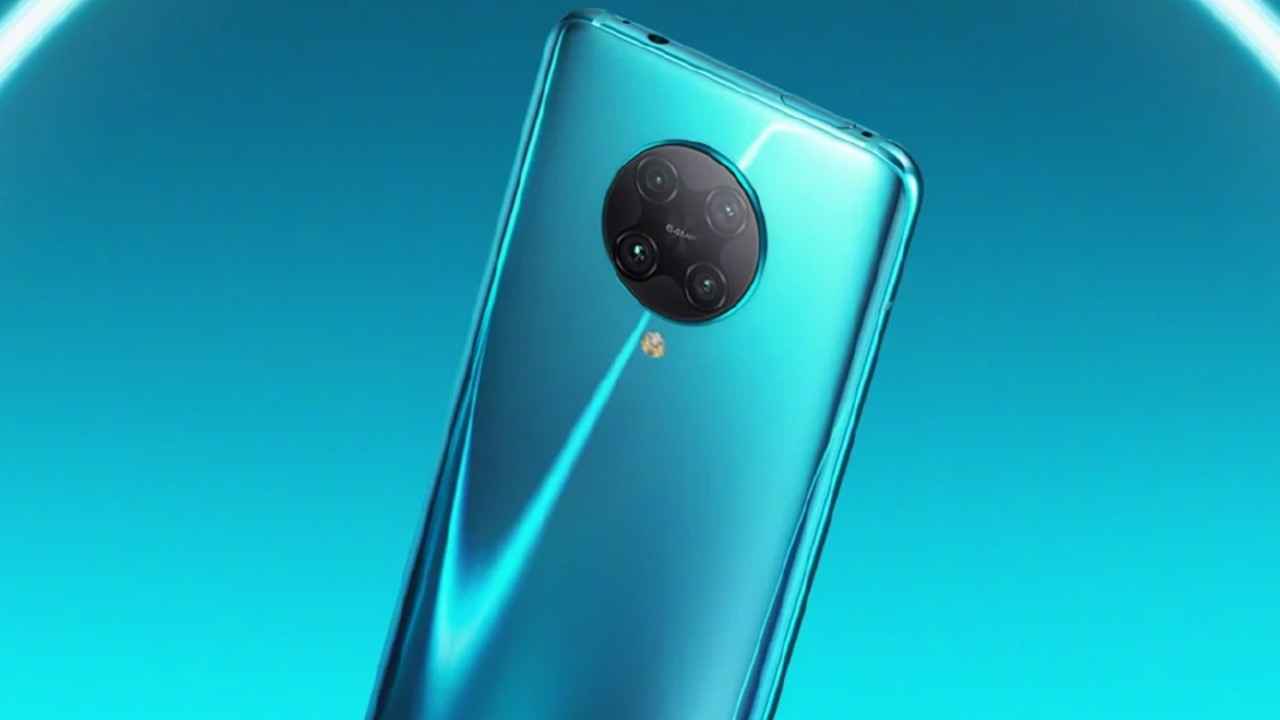Redmi GM Lu Weibing wants to make future Redmi smartphones water resistant, but at what cost?
“Since everyone likes IP68 so much, we will also consider it for future products,” Weibing wrote.
The comment comes after Weibing shared news about the Redmi K30 Pro’s IP53 water and dust resistance certification with many fans claiming that’s not enough.
However, one of the biggest reasons companies have cited against including an IP rating is the additional cost to get one.

The internal hardware inside flagship smartphones is mostly the same across most high-end smartphones. A flagship chipset, lots of RAM and storage and a bright display. An attractive design is also more or less taken for granted but what sets the high-end smartphones and flagship smartphones apart are the little things like water resistance.
 Survey
SurveySpeaking of which, Redmi General Manager Lu Weibing said Redmi will be considering making its future flagships water and dust resistant to the same extent that current flagship phones do. He wrote on Weibo saying –
“Since everyone likes IP68 so much, we will also consider it for future products.”
The comment comes after Weibing shared news about the Redmi K30 Pro’s IP53 water and dust resistance certification with many fans claiming that’s not enough. Redmi hopes an IP53 certification will help the K30 Pro to withstand splashes and small amounts of dust. Fans, however, hoped for much more. Quite expectedly, if you ask us.
With increased protection, comes increased costs
IP53 or Ingress Protection 53 means a device has been certified to withstand limited dust ingress and water spray at any angle up to 60 degrees from the vertical. IP68, on the other hand, means there are minimal dust ingress and resistance to water damage in up to 1.5 meters depth for 30 minutes.
Water-resistance is one crucial feature that most high-end smartphone offerings skimp on. Some just offer limited splash resistance while most don’t talk about it at all. For an expensive device, the durability also matters and that’s one reason why flagships from Samsung and Apple manage to outlive its peers for years. And if rumours are to be believed, the OnePlus 8 Pro due to launch tomorrow is also expected to tout an IP rating for the first time.
With high-end smartphones matching the hardware in flagships for a while now, it’s about time they went beyond the spec-sheet and improve the durability of their products. However, one of the biggest reasons companies have cited against including an IP rating is the additional cost to get one.
Water and dust resistance is increased by reinforcing the openings in the body with additional materials to stop water and dust from seeping in. These designs and the components cost extra money which adds on to the final price. These include really strong adhesives to ensure there’s no opening in the body, plastic and rubber for the ports, and to an extent, coating every component inside with oleophobic coating.
Ingress Protection certificates are issued by NTS, a globally recognised testing and certification agency. Granting a license requires in-depth testing of the durability. These tests have to be commissioned by the OEM which includes a fee. As a result, the cost of implementing water resistance is quite high for an OEM. For someone like Xiaomi that promises to keep make for than a 5 per cent profit margin on the price, that could mean in a significantly increased price. Would you okay to pay extra for a Redmi device that’s water-resistant even if the price is close to that of a known flagship smartphone maker like Apple or Samsung?
Digit NewsDesk
Digit News Desk writes news stories across a range of topics. Getting you news updates on the latest in the world of tech. View Full Profile